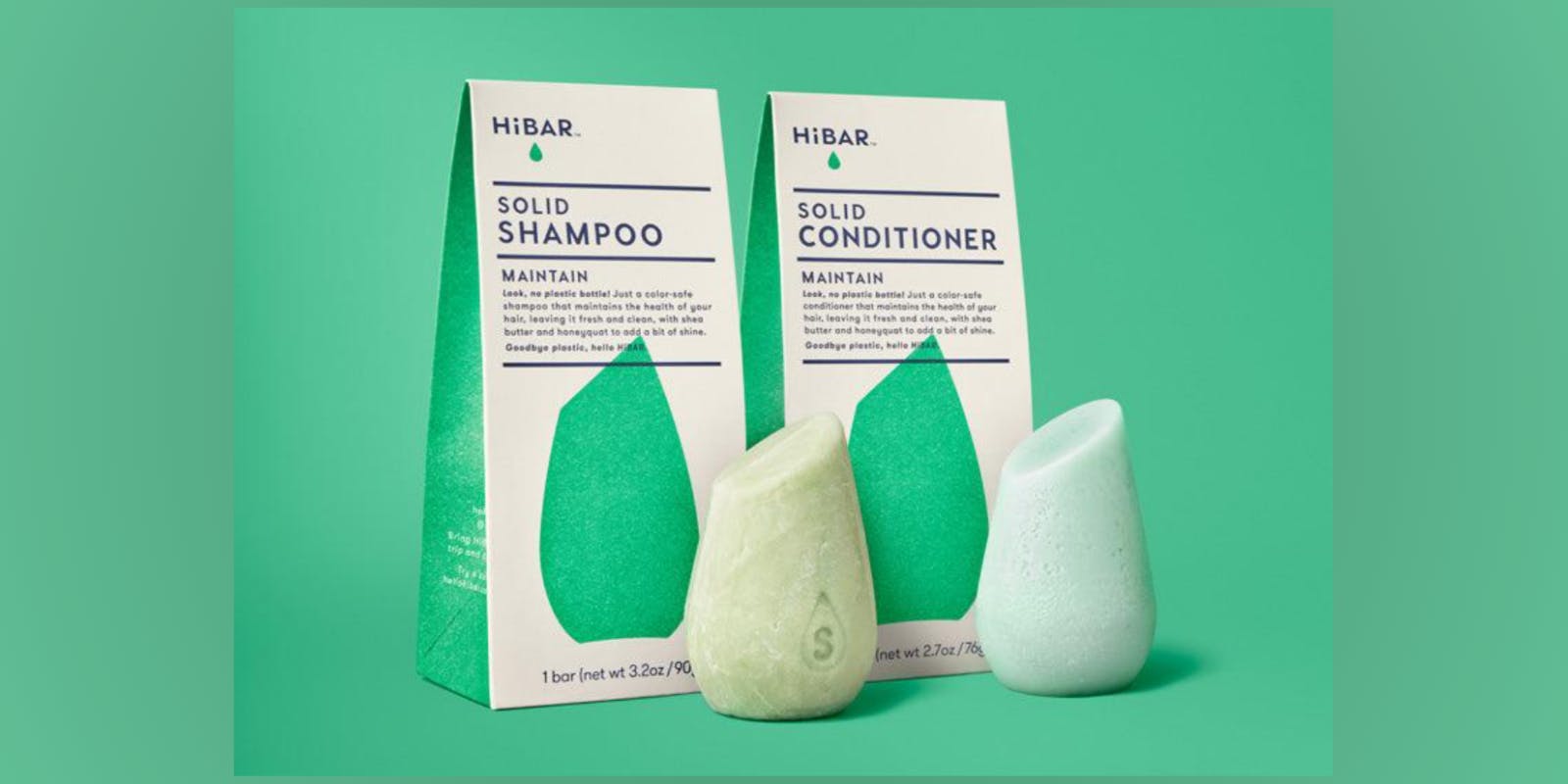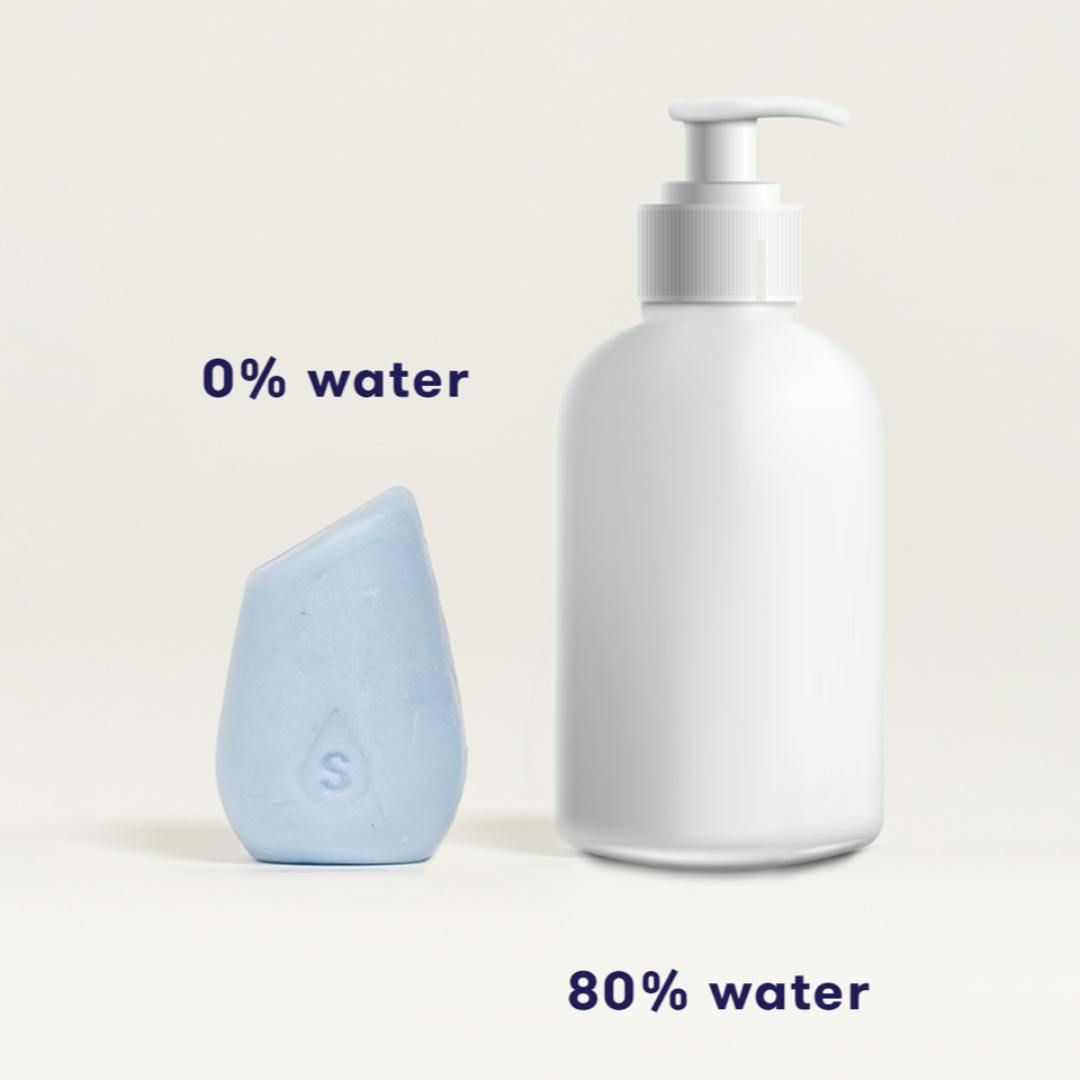
In today's world, it's hard to imagine life without shampoo. From its humble beginnings to the current liquid format in plastic bottles, shampoo has become an essential part of our daily hygiene routine. However, the widespread use of plastic bottles has had a detrimental impact on the environment, adding 300 million tons of waste yearly. Fortunately, there are dedicated entrepreneurs seeking to revive the use of shampoo bars and champion a future where plastic-free beauty care is the standard.
Shampoo Bars: The Original Standard
Shampoo bars have a rich and ancient history that predates the widespread use of plastic bottles. These natural bars were relied upon by ancient civilizations for their hair care needs. It was the early colonial traders in India who stumbled upon the practice of hair and body massage called "champo", which they later introduced to Europe. This introduction of "champo" to Europe gave rise to the word "shampoo" that we use today.
Initially, shampooing did not involve washing the hair as we do today. Instead, it was a form of scalp massage using fragrant oils. This practice was brought to European societies by colonial traders who returned with the custom of cleansing the hair and body with oils and utilizing the art of massage. So, the concept of using solid bars without packaging for hair cleaning is not new; it has been around for centuries, long before the term "zero waste" emerged.
Plastic Bottles: The Rise of Synthetic Chemical Ingredients
Procter & Gamble revolutionized hair care by introducing "Drene", the first modern synthetic (no soap) shampoo in the 1930s. This marked a shift towards liquid shampoos, which were promoted as easier and more convenient to use. With the rise of the plastic industry during the early 20th century, the beauty industry also shifted towards plastic bottles for packaging shampoo. In the 20th century shampoo bars lost popularity as the market flooded with liquid options, changing the hair care landscape.
While these bottles unarguably offered convenience and portability, these products contribute to significant waste generation, with both consumers and businesses failing to consider the long-term impact of using disposable container bottles.
On average, a person uses 800 plastic shampoo bottles throughout their lifetime. Only 10% of all plastic is recycled—the rest ends up in landfills or the ocean where it will sit for 500 years and eventually break down into microplastics.
Small Companies Leading the plastic-Free Movement
The negative impact of plastic waste paved the way for a global movement to reduce plastic consumption and promote a plastic-free lifestyle. This movement, often referred to as the zero waste movement, has gained significant traction in recent years. As consumers become more aware of the environmental consequences of plastic, they are demanding sustainable alternatives in every aspect of their lives, including beauty products.
The rise of the waterless beauty trend has played a role in bringing natural shampoo bars back into the spotlight. Waterless beauty, encompasses a new category of personal care and beauty products that are formulated without water as a primary filler or binding ingredient.
In the quest for sustainable beauty products, small companies have emerged as leaders in the industry. These companies are driving change by reintroducing shampoo bars as an alternative to plastic bottles. By offering plastic-free, zero-waste options, they are reshaping the beauty industry and challenging the dominant plastic-dependent model.

Introducing Hibar: A Game-Changer in the Beauty Industry
One company at the forefront of the plastic-free beauty movement is HiBAR. HiBAR has taken the initiative to bring back salon-quality shampoo minus the water and plastic bottles. Unlike traditional bottled shampoos that contain just 20% active ingredients and 80% water as a filler, HiBAR offers concentrated hair care products that eliminate the need for excessive water and plastic bottles. By applying the product directly to hair, HiBAR's shampoo easily penetrates the hair shaft, leaving hair shiny, soft, and manageable. Plus, one HiBAR can replace at least two plastic bottles of shampoo, making it both a sustainable and cost-effective choice.
Today, HiBAR is leading the way in the plastic-free movement, expanding their range beyond shampoo to include bar conditioners, face wash bars, and deodorants. Since 2018, their efforts have resulted in eliminating nearly 5 million plastic bottles from circulation, saving over 800,000 gallons of water in the process. This remarkable progress exemplifies the significant impact that small companies can have in transforming everyday products to be more sustainable. HiBAR's ultimate goal is to provide consumers with 100% plastic-free bathrooms, but they recognize there is still much work to be done in educating the people about the benefits of ditching liquid shampoos and understanding the immense environmental burden they pose.
The Future of Shampoo and Beauty Products
As the zero waste movement gains momentum and consumers become more conscious of their choices, the adoption of shampoo bars and other plastic-free beauty products is likely to increase. The beauty industry has a significant role to play in reducing plastic pollution and embracing sustainable alternatives. By supporting companies like HiBAR and choosing eco-friendly products, individuals can contribute to a cleaner and healthier planet.
🌐 Visit www.hellohibar.com to learn more
💟 Say hi to the team Stacy


